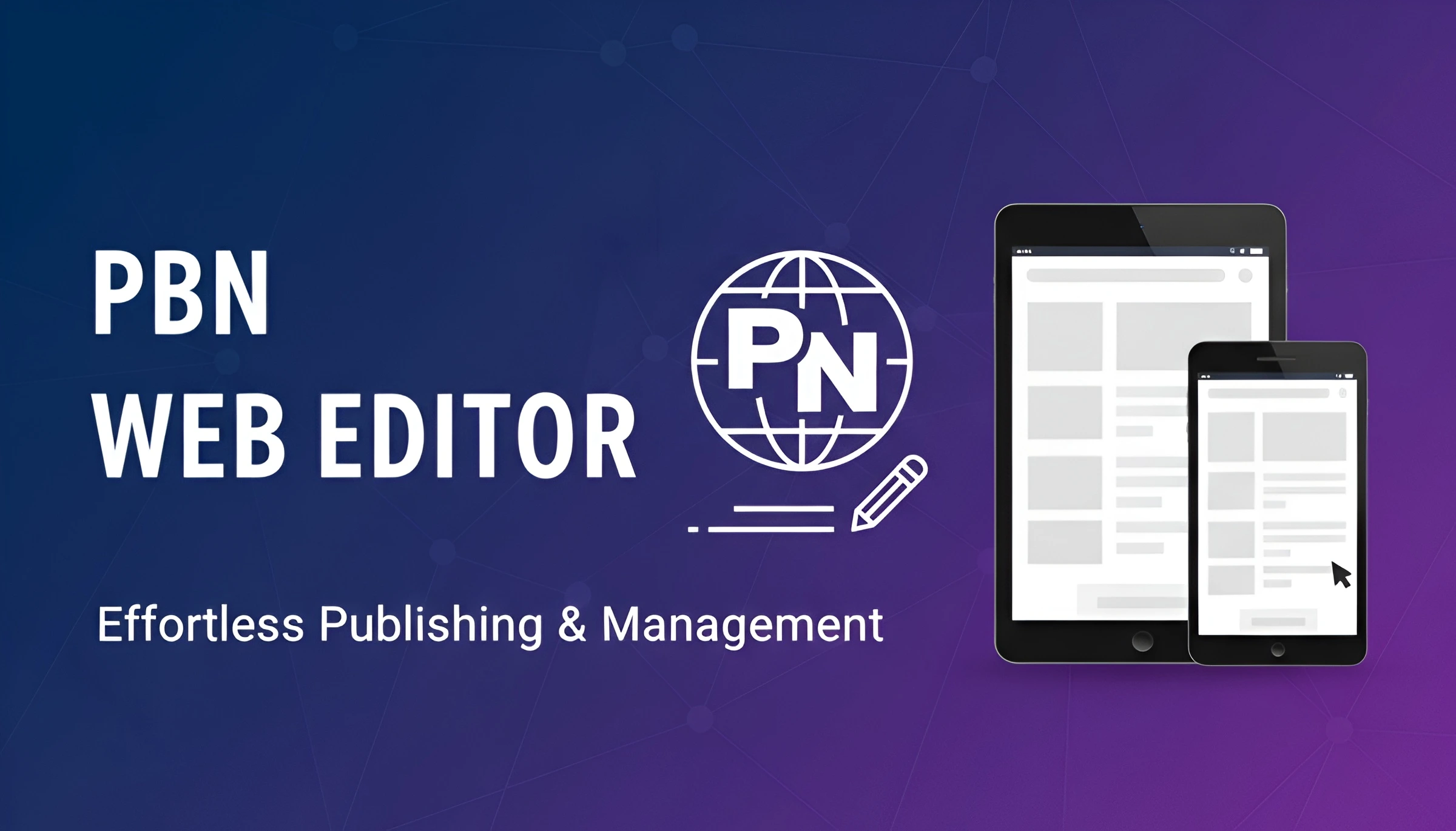Volatility in Nifty options refers to how much and how quickly the prices of these options move. This movement is driven by factors such as news related to the economy or major companies in the Nifty 50 index, global events, geopolitical developments, market sentiment, changes in liquidity, FII/DII activity, and macroeconomic data releases.
High volatility can mean opportunity, but also greater risk. That is why traders seek tools like algorithmic strategies that can respond quickly and effectively to market changes.
Top Algo Strategies to Tackle Nifty Options Volatility
Here are the six best algo trading strategy for Nifty options:
1. Delta Neutral Strategy
Delta-neutral strategy involves balancing your options and futures or stock positions so that the overall delta becomes zero. For example, if you buy 100 Nifty call options with a delta of +0.5, your total delta is +50.
To neutralize this, the algorithm can short 50 units of Nifty futures (each having a delta of -1). By doing this, even if Nifty moves sharply, your portfolio remains largely unaffected.
2. Gamma Scalping
Gamma scalping adjusts your delta exposure as the market moves. Suppose you are long on a Nifty straddle. When Nifty rises or falls, your position becomes directional due to changing delta.
The algorithm continues to buy or sell Nifty futures in small quantities to bring the delta back to neutral. For example, if Nifty moves up and your position becomes +30 delta, the algo sells 30 Nifty futures to balance it.
3. IV Rank-Based Entries
Algorithms can scan the current implied volatility (IV) of Nifty options and compare it to the historical range. If the IV rank is high, such as above 80%, the algorithm can sell options to benefit from possible IV contraction.
Suppose the IV rank of Nifty options is 85% and ATM options are trading at a premium of ₹200. The algo initiates an iron condor, expecting IV to drop. As IV falls, the option premiums shrink, and your position becomes profitable, regardless of Nifty’s price direction.
4. Real-Time Vega Management
You can use algo trading strategies to manage Vega exposure, especially during periods of unexpected announcements. If you are holding long call options and there is a sudden increase in IV, your profits rise. But if IV drops post-event, the premium falls quickly.
Suppose you are long Nifty calls ahead of a policy announcement. The algorithm tracks the live Vega and books partial profits once the IV peaks, even if the underlying has not moved much.
5. Volatility Skew Exploitation
You can take advantage of the volatility skew between different strike prices. Suppose the IV of the 17800 put option is 25%, while the 18200 call option has an IV of 18%. The algorithm reads this imbalance and sells the higher IV option while buying the lower IV one.
It shorts the 17800 put option and goes long on the 18200 call option. When the skew normalises, the position becomes profitable as the overvalued put premium drops more quickly.
6. Open Interest and Volume Divergence
Algo strategies track sudden spikes or drops in open interest and volume in Nifty options to identify potential breakouts or reversals. Suppose the open interest in the 18000 strike call option rises sharply along with increasing volume, but Nifty remains stuck in a tight range.
The algorithm reads this divergence as a potential signal of an impending breakout and initiates a long position in the 18000 strike call option, expecting an upward move. Once the breakout occurs and the price starts moving in your favour, the algorithm either trails the stop-loss or books partial profits.
Conclusion
Algo strategies can handle Nifty option volatility quite well. They work by adjusting positions quickly based on real-time data, such as delta, vega, implied volatility, and volume. These strategies help reduce risk, identify hidden opportunities, and respond more quickly than humans.








